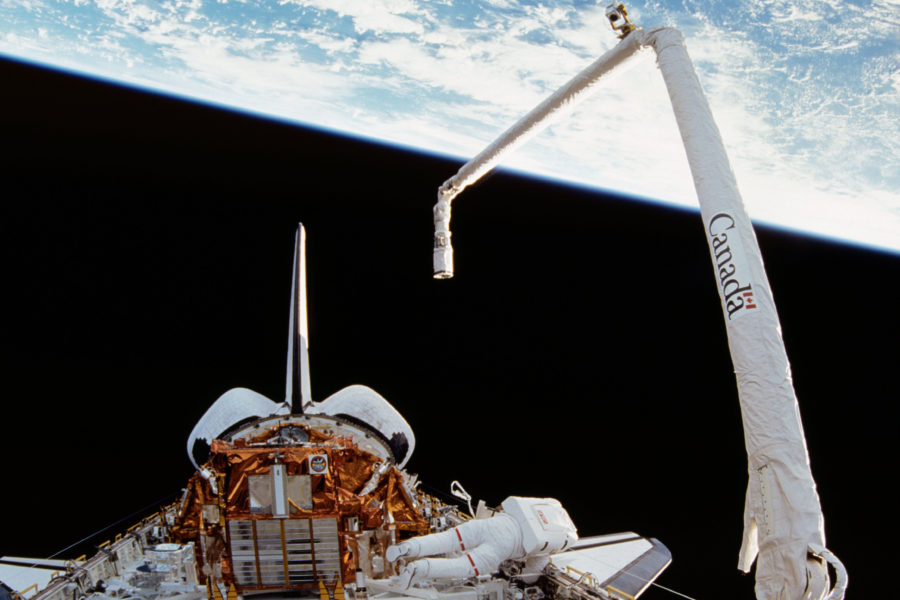What do neutrinos oscillations and basketball have in common?
The answer likely isn’t obvious, but both were either discovered or invented by a Canadian researcher. The former relates to the 2015 Noble Prize in Physics awarded to Prof. Arthur MacDonald, whereas the latter is the game invented in 1891 by Dr. James Naismith.
I would not be surprised if when you think of Canada, what first comes to mind is its pristine landscapes and astonishing mountains. Canada is also world renowned for its contributions to science and innovation. From the isolation and production of insulin, to satellite and radar applications (including the Canadarm installed in the International Space Station) to Blackberry and Bombardier. It is not surprising that Canada ranks in the top 10 most popular high education and research destinations in the world.
Based in Montreal in the province of Quebec, I am one of four Science and Innovation (SIN) officers in Canada. Montreal is a very active and dynamic English-French speaking city with an excellent science base. It is also known for its “poutine” – a perfect concoction of French fries, gravy and cheese curds – and for Kathy Reich’s mesmerizing forensic thrillers.
There are three things that I particularly enjoy about science and diplomacy work. Firstly, the challenges of going beyond my areas of expertise and comfort. As a chemist with a PhD degree in Environmental Health sciences I quickly adapted my skills and competences to work, for example, on aerospace, robotic engineering or machine learning. For over four years I have been pivotal in the bilateral collaborations between the UK’s Aerospace Technology Institute (ATI) and Canada’s Consortium for Aerospace Research and Innovation (CARIC), as well as on a multi-million additive manufacturing Horizon 2020 aeronautics project.
Secondly, the variety, I work across all disciplines, including Ageing and Dementia, Antimicrobial Resistance, Aeronautics and Space, Synthetic Biology, Precision Agriculture, Genomics, Energy Storage, Clean Technologies, Big Data, Artificial Intelligence and Green Chemistry, just to mention a few. Therefore, I meet all kinds of interesting researchers and business people.
And, lastly, I relish the ability to contribute to the advancement of science. As an impactful example I would like to mention my work on Dementia. In collaboration with SIN officers in France, Japan, and the United States we creatively addressed the Prime Minister David Cameron’s dementia challenge. We engaged over 120 of the next generation of dementia experts in a series of activities across the G7 and the EU, challenging them to develop innovative ideas to address the global dementia challenge. As a result a global network of young experts came to light (World Young Leaders in Dementia – WYLD). A delegation of future leaders were invited to present their ideas at the World Health Organisation’s First Ministerial Conference on Global Action Against Dementia and WYLD has now become an Associate Member of the World Dementia Council.
Hopefully the next time you think of Canada what will come to mind will be its innovative and entrepreneurial spirit reflected on long-lasting inventions beyond the telephone, pacemaker, snow blowers, walkie-talkie, the electron microscope, the alkaline battery, the basketball games, and the Java programming language. Canada offers exciting opportunities for collaborating, learning, and trade.

